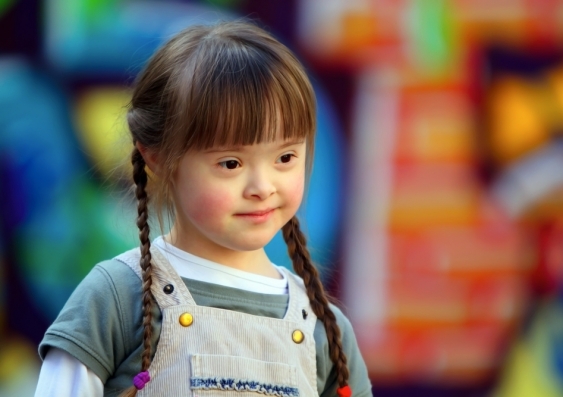Census shows increase in children with disability, but even more are still uncounted
Some people with disabilities may not require government supports, meaning they wouldn’t have been counted as having a disability in the Census, write Karen Fisher and Sally Robinson.



